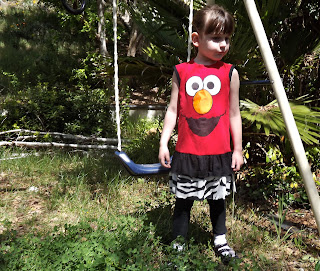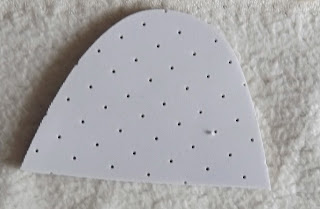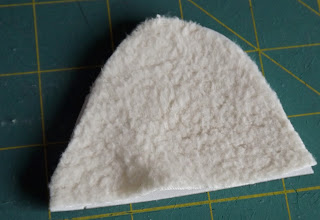I went to my local retail store and looked for a cake pop pan. I found that a cake pop pan for 12 pops was $12. Since I have to make 24 cake pops, I realized that it would be a long process or it would mean $24 for the pans. Then, I priced the electronic cake pop maker. For $20, I could get a countertop electronic cake pop maker that produces 6 cake pops every 10 minutes. I almost purchased this electronic unit.
I took a quick google search, on my smart phone, to look for a cake pop recipe. I found a recipe for hand rolled cake pops at http://www.thekitchn.com/how-to-make-cake-balls-78637 . I immediately put the electronic cake pop maker back and spent $8 on the ingredients to make hand rolled cake pops, including sticks.
Little did I know that my journey was just beginning. First, making the cake part is inexpensive and simple enough. I have to say that I used a boxed cake mix and not the recommended cake recipe found in the link I provided. I didn't have the time to make a scratch cake.
The candy coating was another world of problems. First, I purchased chocolate chips and not bark. I didn't want to spend too much money. Well, this chip choices was both good and bad because it was an inexpensive learning experience and the white chocolate I burned was an cheap loss.
The candy coating was another world of problems. First, I purchased chocolate chips and not bark. I didn't want to spend too much money. Well, this chip choices was both good and bad because it was an inexpensive learning experience and the white chocolate I burned was an cheap loss.
Next, I don't own a double boiler. I had stainless steel mixing bowl I stuck in a small pot and created my own double boiler. This method was unable to keep the chocolate at an even temp and I was unable to roll my pops evenly. I tried microwaving the white chocolate and it burned. Luckily, I had only paid $2 for white chocolate chips and didn't waste too much money.
Since I didn't want to bring ugly cake pops to the preschool party, I had to search the web for the electronic candy melting pot. I found that Joann has a sale and I picked up the Wilton Chocolate Melting Pot for $20. Then, I had to go find white chocolate bark. I went to Vons and found white chocolate for baking. It was $7 for two bars. I needed three bars.
Here I am trying not to spend a fortune and I have already spent $28 for about thirty three cake pops. Add the white chocolate, and I spent about $38 for thirty three cake pops. The real cost for giving out cake pops is actually only $18 because I get to keep the Chocolate Melting Pot for future use. Still, I read the recipe and figured $10 max. I was wrong. This was a time investment and a bit costly.
What I end up with is actually good after investing in the melting pot. You can see that the double boiler produced unattractive cake pops. The melting pot made it so much easier to coat the pops and make the pops stay round.
As for working with the cake, I am not impressed. The cake pops are slippery on the cake stick. Since the cream cheese and butter mix with the cake, you end up with little slippery balls on the plastic sticks. The cake itself tastes really rich but good. I have had high end cake pops. This recipe is different. The inside tastes more like cross between cake and fudge.
I originally thought I wouldn't use this recipe again because I didn't like the consistency of the cake. However, after I let the cake pops sit at room temp for about 3 hours, I liked them much better than when I tried one cold. I must note, out of fairness, that I only tried them later on after the preschool event because these pops were the only food at the event that was all eaten up. I had saved my husband 5 white cake pops and took one when I got home from the event. The one I took from my husband's stock was very good and not being cold made all the difference.
In the end, These cake pops were a crowd pleaser and my daughter loves them!!
In the end, These cake pops were a crowd pleaser and my daughter loves them!!
As an update, I have discovered that I can improve this recipe by:
- Using an extra egg in the cake recipe and using milk instead of water when making the cake. I watched a youtube video and saw a mom read a tip from a cake pop book suggesting that the cake mix will firm up with the additional egg and milk.
- Adding extra cake to the recommended proportion of cream cheese and butter
- Using a cake pop mold to make my pops perfectly round. I found a cake pop mold at The Ally for $2 and will use this mold next time I make these cake pops.
- placing a bit of candy on the end of the stick before I puncture my cake pop and before dipping the pop in the melted candy. I saw this tip in a you tub instructional video.
- I am considering using the scratch cake recipe in the original link provided above.
































